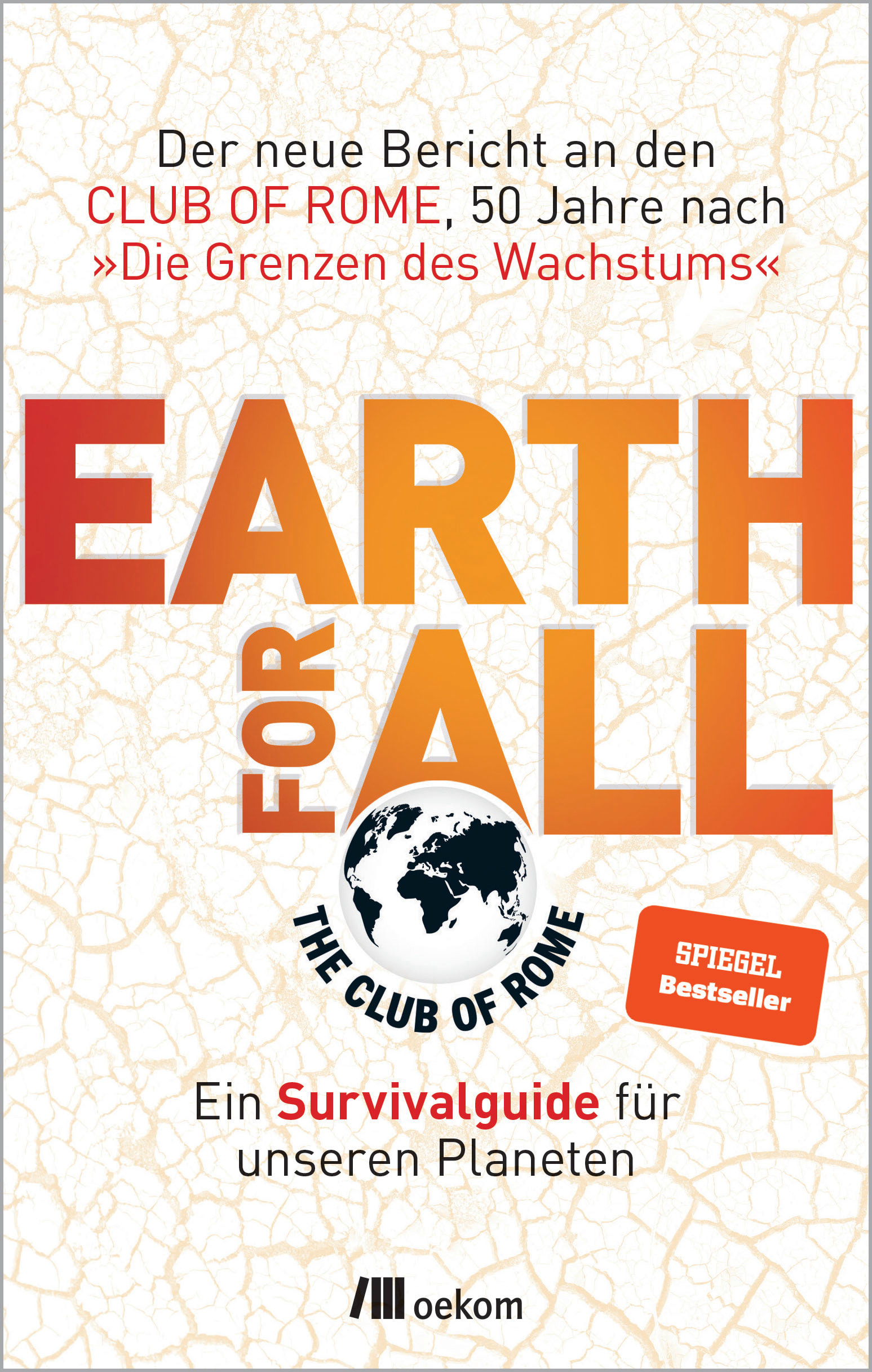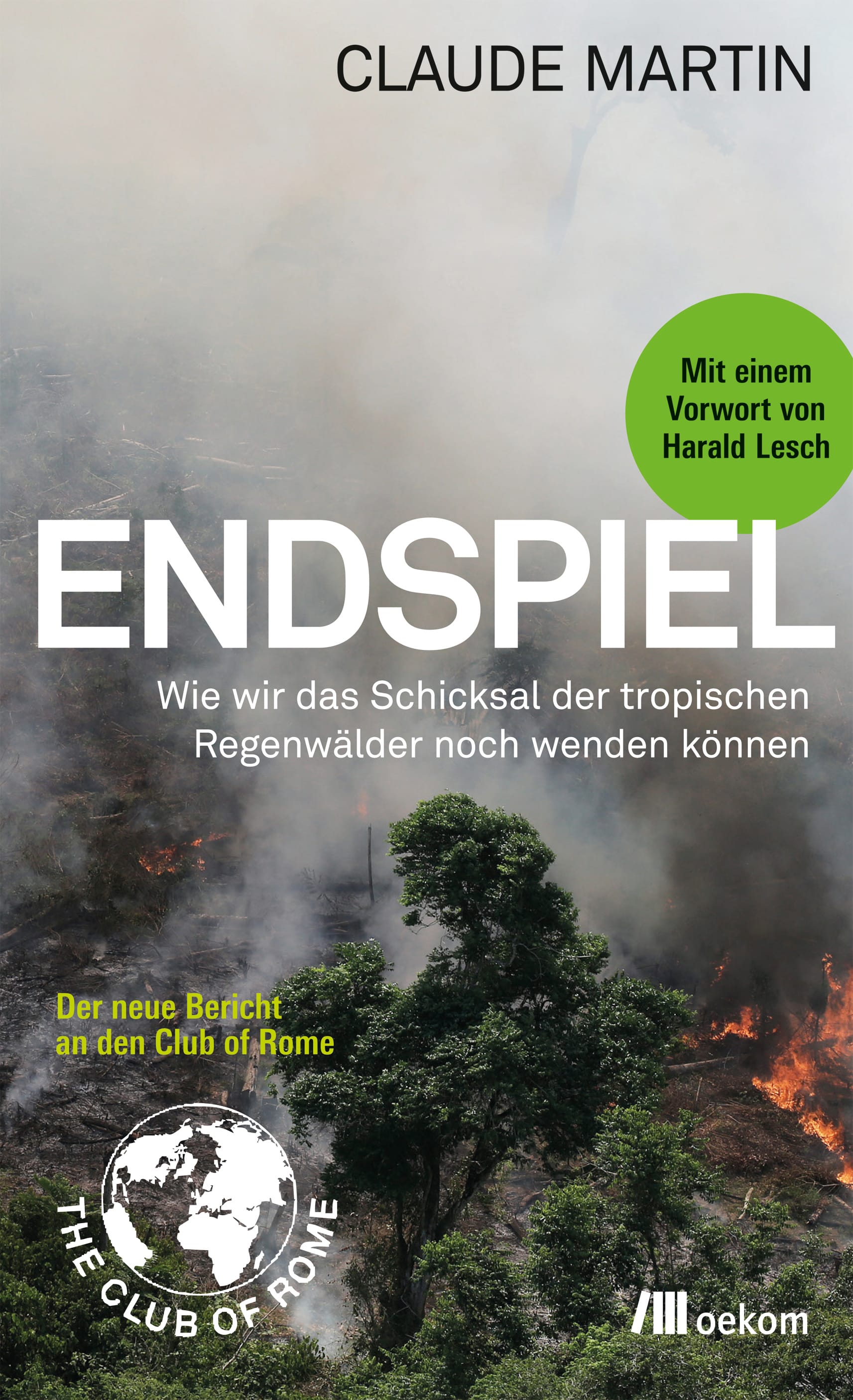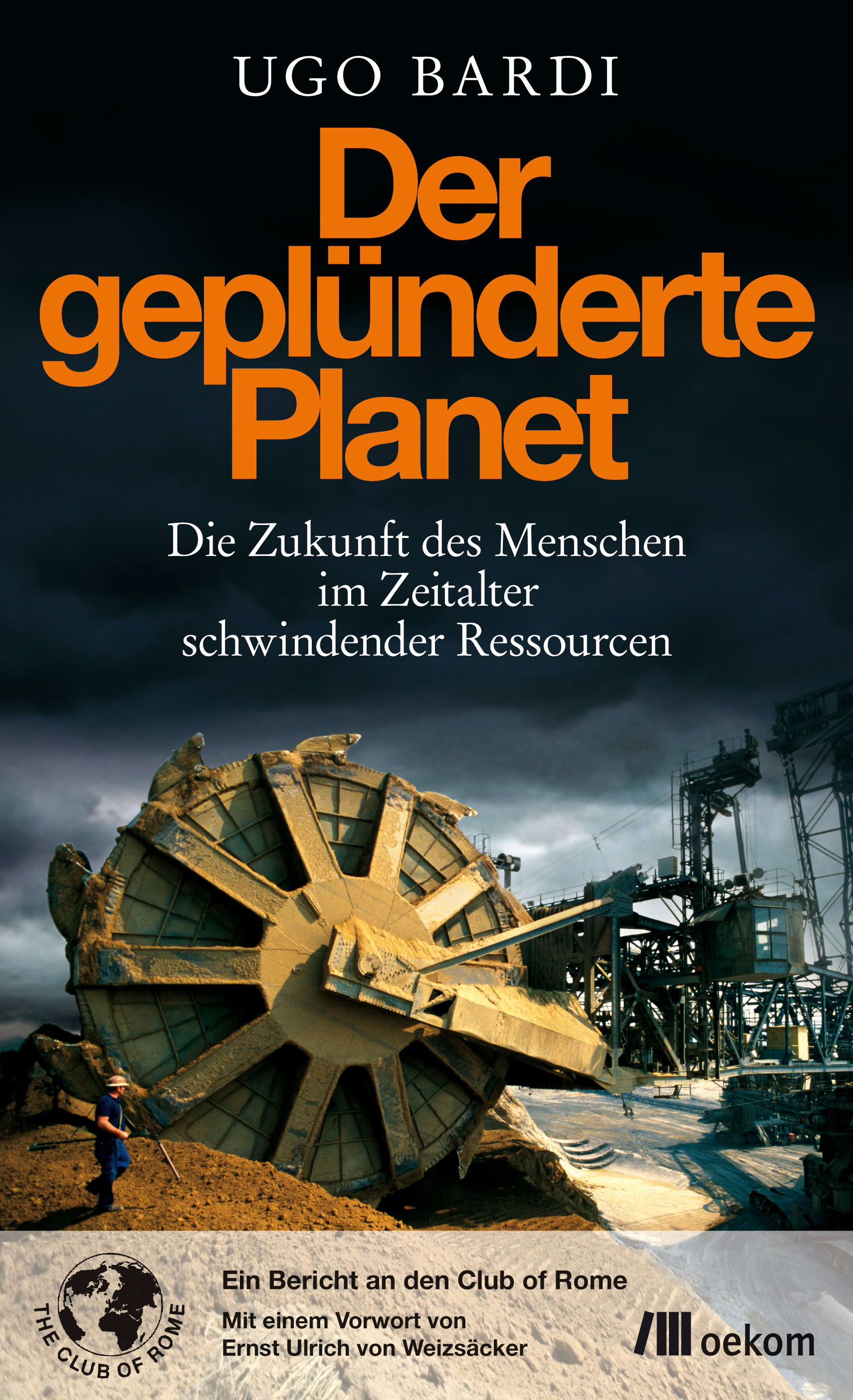The “Limits to Growth” is the book that made the Club of Rome famous in 1972. To date, numerous other reports have been published to and for members. These books provide groundbreaking future predictions, groundbreaking theses and global solutions.
Limitless growth is not possible on a finite planet. The first report to the Club of Rome brought this previously little-noticed future forecast into the public eye. If population growth, industrialization, environmental pollution and resource depletion continue to grow unchecked, according to the results of the computer simulations at the time, humanity is threatened with various scenarios of collapse. The way out: a state of economic and ecological equilibrium.
Since the first report to the Club of Rome, numerous other reports have appeared. These studies test the theses of “The Limits to Growth” and address the most important future problems facing humanity and the planet – from climate change to social inequality.
Numerous German reports to the Club of Rome and books by its members have been published by oekom publishing house. You can find all of these in the following chronologically sorted reading list.
1. “Earth for All Germany”
In “Earth for All Germany”, a team of renowned experts from the Club of Rome and the Wuppertal Institute analyze future scenarios for our country. As a follow-up to the bestseller “Earth for all”, this latest report invites a social debate about how we can achieve a good life within planetary boundaries – and what needs to happen in Germany to achieve this.

Order now (book: 26.00 euros | e-book: 20.99 euros)
Non-fiction | 2024 | 280 pages | by Club of Rome (ed.), Wuppertal Institute (ed.)
2. “Earth for All”
50 years after the “Limits to Growth,” the Club of Rome launched the earth4all initiative to find ways in which humanity can meet its basic needs within planetary boundaries – within this century. The associated report “Earth for All” presents the results of years of research and computer simulations and makes them tangible for readers through illustrative, fictional life stories.

Order now (book: 25.00 euros | e-book: 19.99 euros)
Non-fiction | 2022 | 256 pages | by Club of Rome (ed.)
3. “Is sustainability utopian?”
Whether species extinction or climate change, we too often view these crises as isolated problems instead of exploring the underlying causes in their context. With his report to the Club of Rome, “Is sustainability utopian?”, Christian Berg presents a comprehensive and systematic analysis of how we can overcome this hurdle.

Order now (book: 32.00 euros | e-book: 25.99 euros)
Non-fiction | 2020 | 464 pages | by Christian Berg
4. “The Seneca Effect”
In the 42nd report to the Club of Rome, Ugo Bardi is on the trail of collapse. Starting with the fall of the Roman Empire, in “The Seneca Effect” he presents many different examples of how complex systems collapse, how this can be prevented and how we can use a collapse creatively.

Order now (book: 25.00 euros | e-book: 19.99 euros)
Non-fiction | 2017 | 320 pages | by Ugo Bardi
5. “One percent is enough”
In their 2016 report to the Club of Rome, Jørgen Randers and Graeme Maxton address three key challenges of our time and present 13 radical demands for industrialized countries whose economies are only growing at one percent rate. The comprehensive reform program would reduce inequality, promote democracy and slow climate change.
Order now (book: 22.95 euros | e-book: 16.99 euros)
Non-fiction | 2016 | 288 pages | by Jørgen Randers, Graeme Maxton
6. »Endgame«
In his report to the Club of Rome, Claude Martin, former Director General of the WWF, gives his competent voice to the slogan “Save the Rainforest”. In “Endspiel” he looks at the different regional causes of deforestation, assesses the chances of protective measures and ventures a forecast for the future. What is particularly interesting is the question of how the rainforests react to climate change.

Order now (book: 22.95 euros | e-book: 18.99 euros)
Non-fiction | 2015 | 368 pages | by Claude Martin
7. »2052. The new report to the Club of Rome«
In his book “2052,” Jørgen Randers, one of the co-authors of “Growth Without Borders” from 1972, ventures nothing less than “a global forecast for the next 40 years.” From population growth to a possible exit from nuclear power and changing food production to China's progress, Randers analyzes various aspects of global development.

Order now (book: 29.00 euros | e-book: 22.99 euros)
Non-fiction | 2014 | 448 pages | by Jørgen Randers
8. “The Plundered Planet”
Whether oil, rare earths or – how will the global economy develop if the production of the most important resources can no longer be increased? What effects can be expected if exploration does not stop at sensitive regions such as the oceans and the poles? Supported by an international panel of experts, Ugo Bardi provides a comprehensive inventory of our planet's raw material situation in “The Plundered Planet” and shows how we have to change our everyday lives, our politics and our way of doing business if we want to maintain our standard of living.
Order now (book: 22.95 euros | e-book: 15.99 euros)
Non-fiction | 2013 | 360 pages | by Ugo Bardi
#naturaloekom: We live sustainability
 oekom publishing house is not only committed to sustainability in terms of content, but is also making progress in production and distribution with a voluntary commitment to sustainable publishing. Our books are produced in a climate-friendly manner and are mostly printed on recycled paper. You can read detailed information about how oekom is actively committed to greater sustainability in the oekom section of course.
oekom publishing house is not only committed to sustainability in terms of content, but is also making progress in production and distribution with a voluntary commitment to sustainable publishing. Our books are produced in a climate-friendly manner and are mostly printed on recycled paper. You can read detailed information about how oekom is actively committed to greater sustainability in the oekom section of course.




